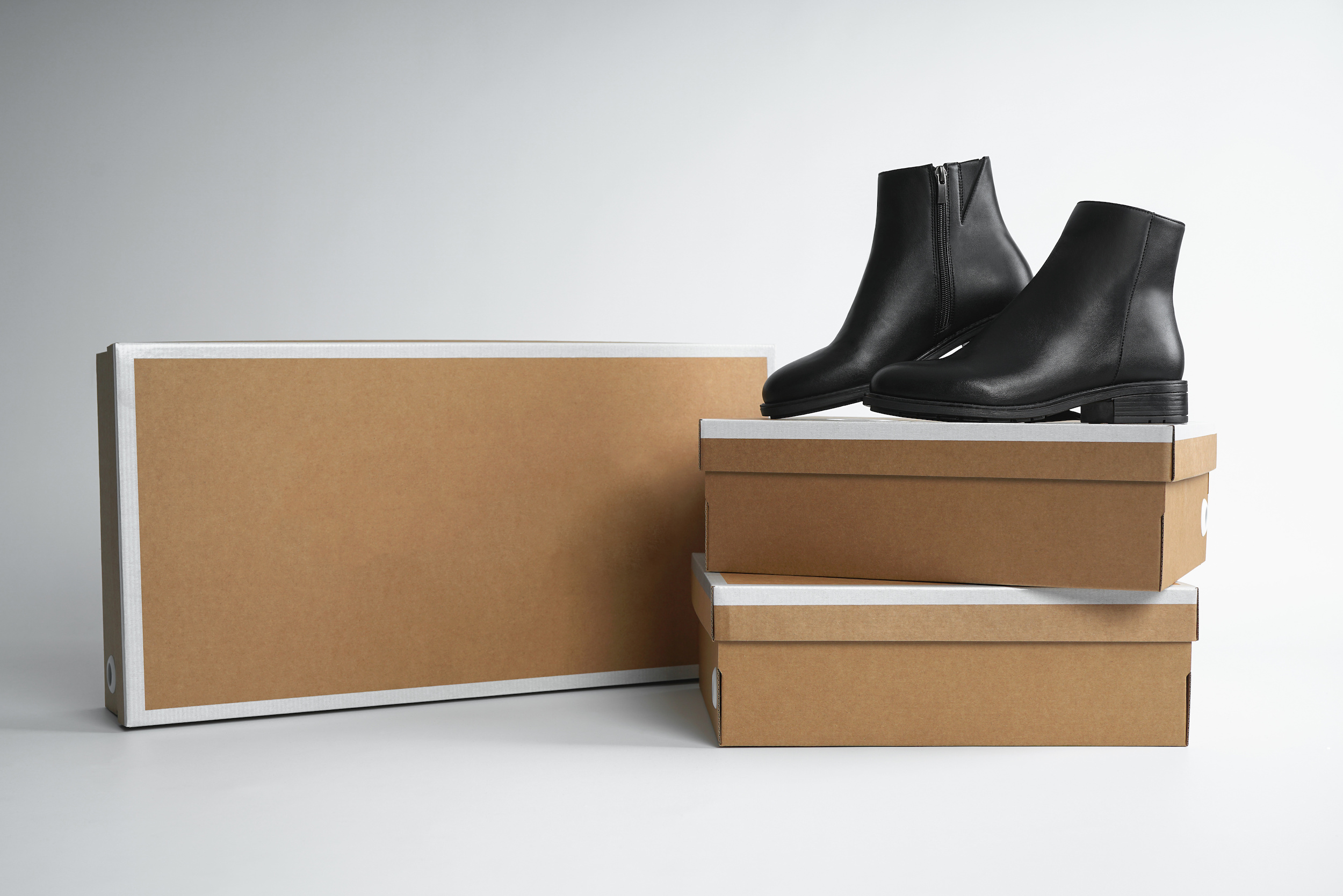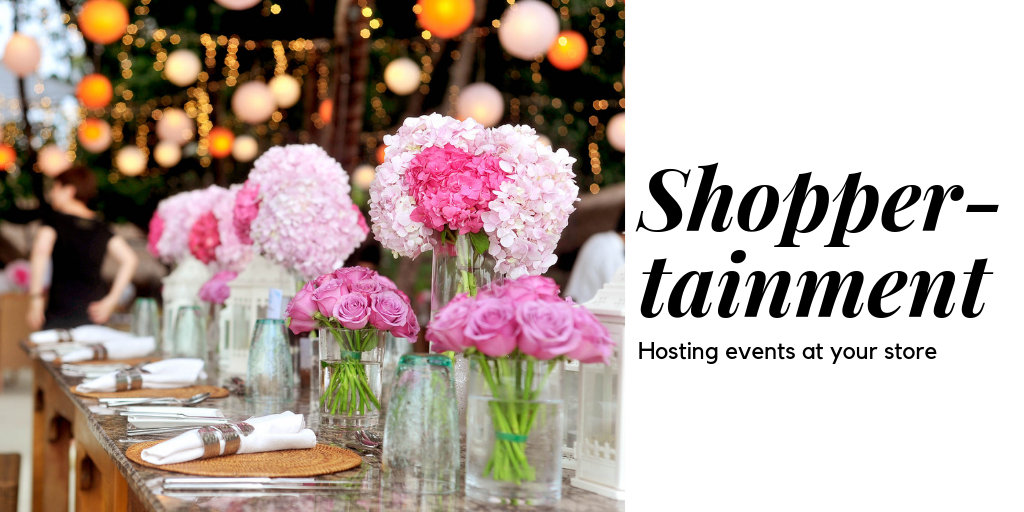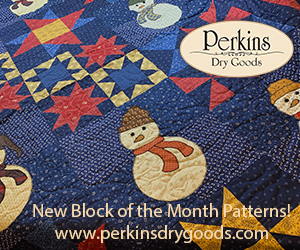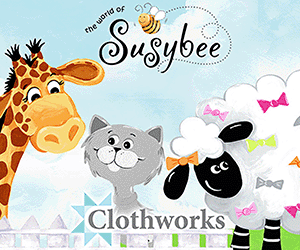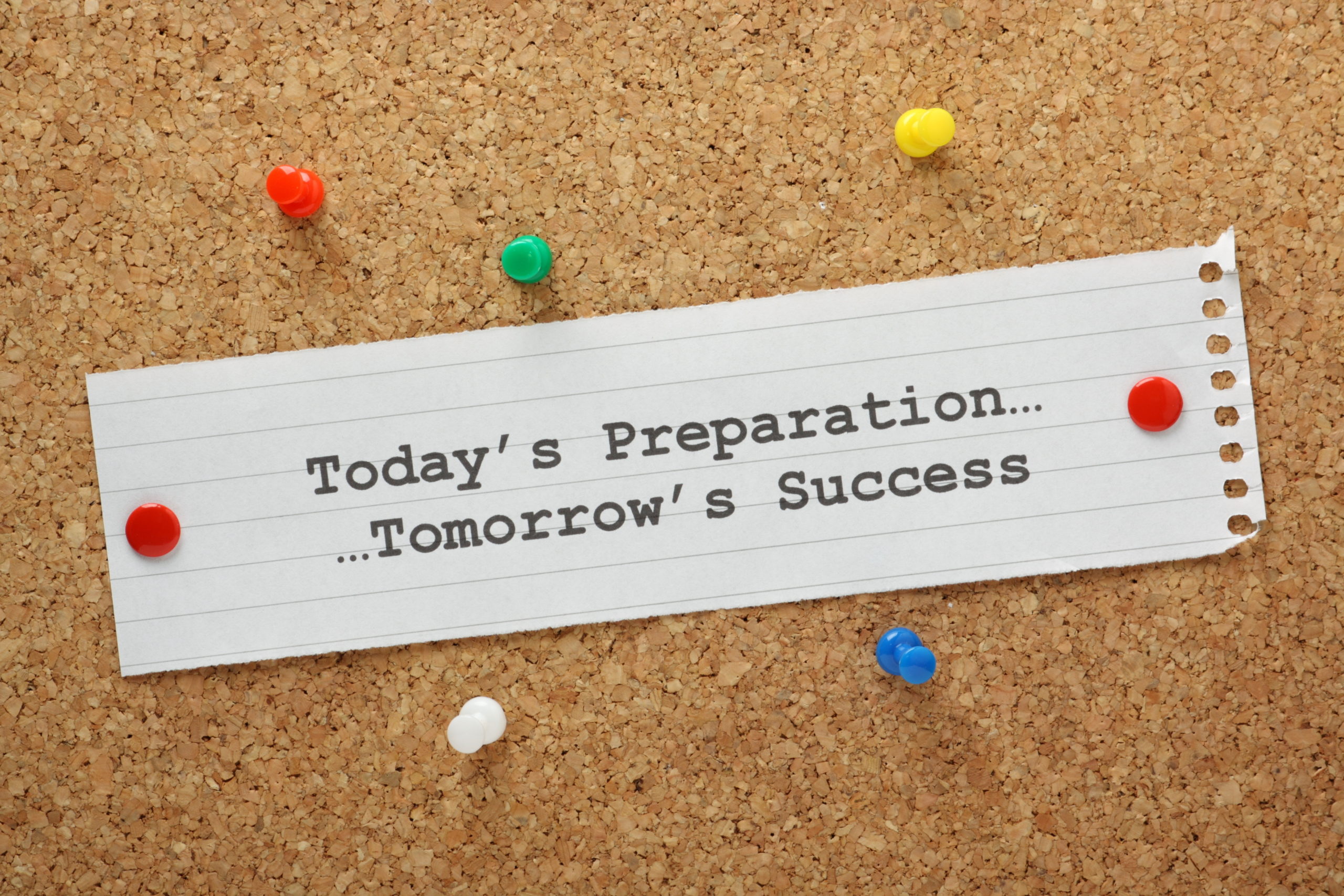
It’s never too early for preparation (especially after the year we’ve had). Consider adding these tasks to your to-do list so you can begin 2021 ahead of schedule.
Event Preparation
If you aren’t already hosting one large event and two smaller events per month, you should. Start 2021 with all three events hosted the first week, then you can alternate weeks the remainder of the year. Some ideas include make-it and take-its, demonstrations, seminars, and vendor days. And remember, an event doesn’t always have to correspond with a sale.
Team Training
Speaking of year long events, if you don’t already have a weekly team training scheduled, put one on the calendar. It may seem difficult to think of topics at first, but eventually your team will have requests of their own.
Some places to start include making a list of “never out” items. These are items that should always be in stock as they can make or break sales. And they should be in extra stock during the busy season.
Another idea includes coming up with bag stuffer ideas. Train your employees to give a 30 second pitch of the bag stuffer as they hand the flyer to the customer. This will prove much more effective than not mentioning the bag stuffer at all.
Finally, review your return policy. Try to be flexible on returns (as other competitors in the market are) but train your staff to ask about an in-store credit or gift card option first.
Gift Cards
If your store uses paper gift certificates instead of plastic gift cards, you’re going to want to switch stat. Retailers that switch from paper to plastic see an increase of sales from 35% to 50%. On top of that, 55% of customers have to go to a store twice to spend the full gift card amount, which is great news for your business.
Inspiration for this post came from 2020 Prep by Georgeanne Bender and Rich Kizer of Kizer and Bender. For more preparation ideas, visit their business expert page.
If you’re looking for more information to guide you in owning a retail business, subscribe to American Quilt Retailer today. Already a subscriber? No worries—join our Facebook group for insights and dialogue from industry specialists like you.

